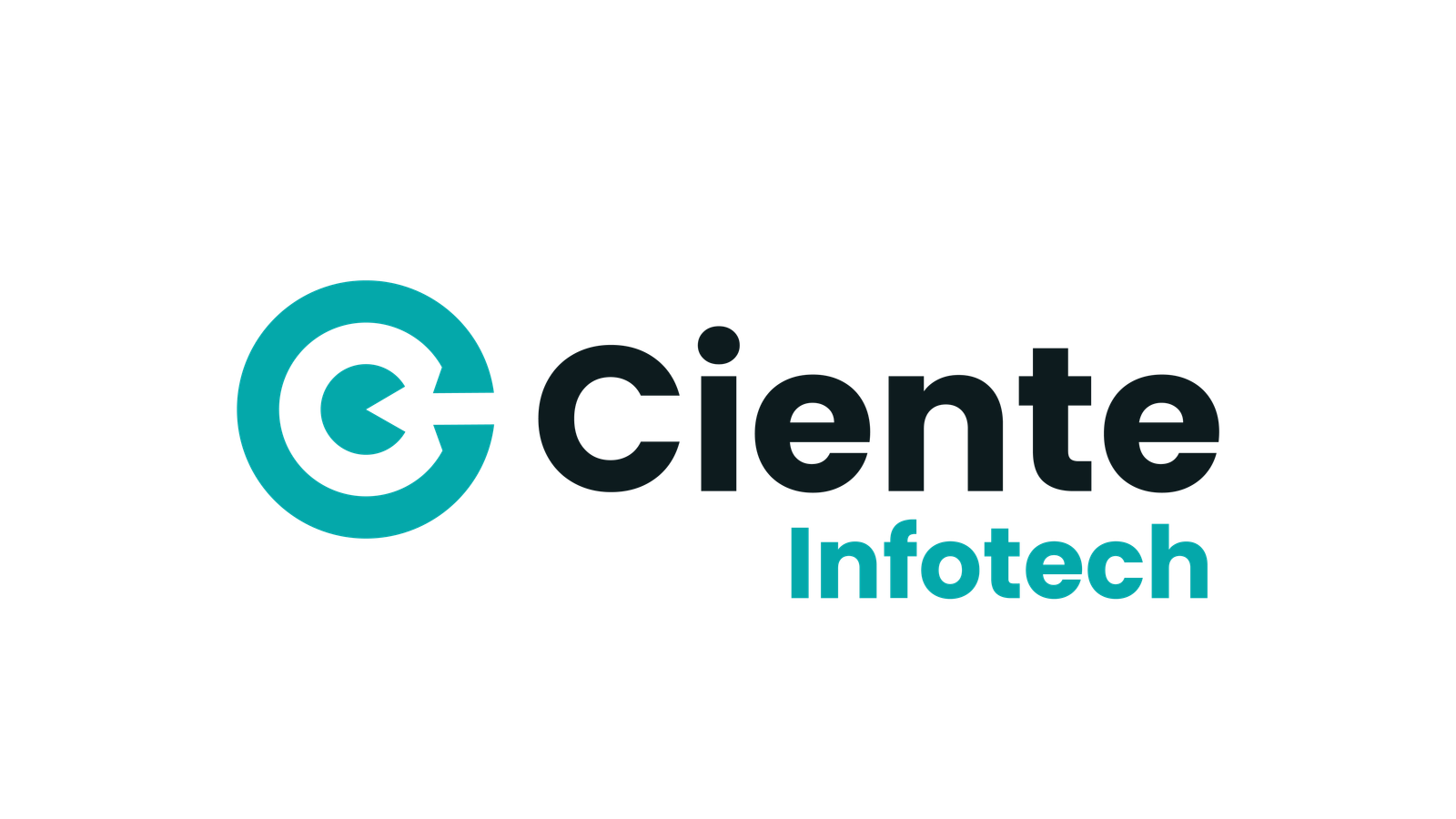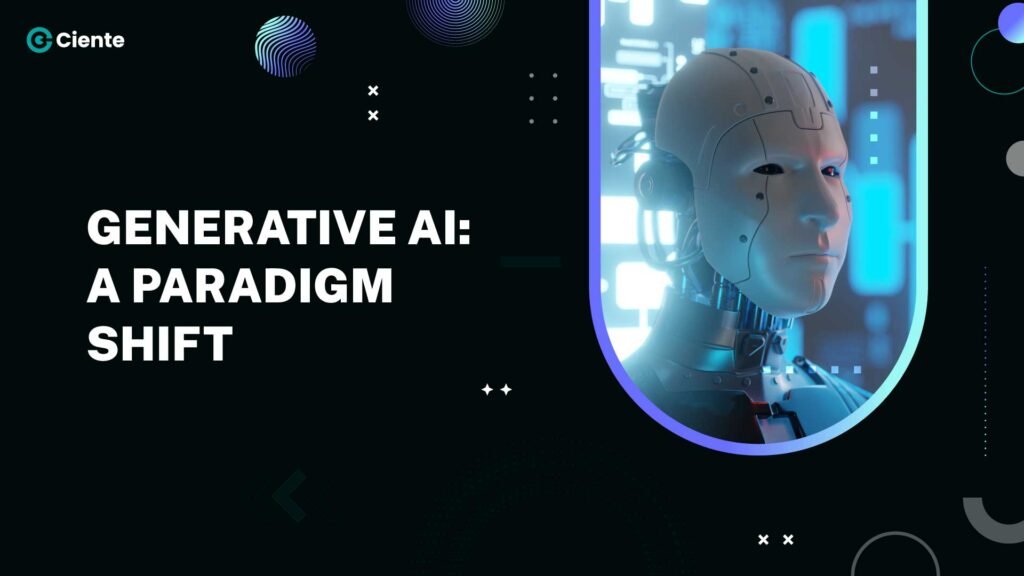Generative AI is transforming the AI game, advancing assistive technology, speeding up app development, and giving users access to significant capabilities.
Generative AI is emerging rapidly, signaling a paradigm shift for companies across almost all sectors. We must fully comprehend the enormous disruptive potential and unforeseen threats presented by these rapidly developing technologies. Only by responsibly enhancing the competitiveness of our organizations can we create AI success stories.
The hype cycle for emerging technologies recently positioned generative AI at the “peak of inflated expectations,” according to Gartner. According to Gartner’s model, which evaluates a technology’s potential and maturity after two to five years, the technology will eventually start to offer real advantages as it develops. A prominent topic in this Hype Cycle that is opening up new avenues for innovation is emergent AI, which includes generative AI as one of its subthemes. This blog presents the current state of generative AI, the shift, and the potential.
The State of Generative AI
Generative AI is disrupting the technological landscape. It is a class of artificial intelligence models that, given only a textual or visual cue, can generate original, high-quality data like text, computer code, graphics, or other content.
Many businesses are testing ChatGPT and other sizable language or image models. They have typically found them to be remarkable in terms of their capacity to communicate difficult thoughts. The majority of users know that these systems are trained on internet-based information and can’t reply to queries or prompts regarding confidential information. The simplicity with which something can be accomplished, as well as the expanding accessibility of software, increases significantly when that capability is combined with a feed of a person’s information, utilized to adapt the what, when, and how of an engagement.
Research institutions and a thriving open-source community will frequently challenge the state of the art with innovation. The development of generative AI has been astounding, with capabilities growing dramatically each year. The potential for generative AI is limitless at this significant point of technological development.
The Shift
Although artificial intelligence technology has been around for years, creating apps that use it to address business problems has always been difficult and expensive. Before OpenAI came into the picture, businesses needed to resolve many significant issues before developing AI-based applications. Before creating a prototype or an application, businesses had to overcome challenges like acquiring internal AI knowledge, constructing the appropriate infrastructure, and choosing and refining the models. However, by commoditizing the use of commercialized large language models (LLMS) through straightforward APIs and interfaces like ChatGPT, OpenAI has fundamentally transformed the field.
More than ever, businesses can use AI’s potential with the availability of LLMs and user-friendly APIs. It is crucial to acknowledge that, given the rapid improvements in AI technology, there has occasionally been resistance to using ChatGPT, mainly because of concerns about its capabilities and potential abuse. However, there is no denying the immense promise of technologies like ChatGPT created with LLMs.
The Potential
Generative AI will have a strong impact across all sectors. The sectors that could experience the greatest impact from generative AI as a percentage of their revenues are banking, high-tech, customer operations, marketing and sales, and life sciences. It can alter the nature of work by increasing individual workers’ capacities by automating some of their particular tasks. The potential of generative AI to transform how knowledge works in various sectors of the economy and corporate operations has astounded and delighted the world. It is ready to change roles and improve performance across different industries, including software development, customer operations, and sales and marketing.
With technological advancements, more use cases are coming up every day, enabling greater automation of operations and greater efficiency. But before generative AI can reach its full potential, organizations need to resolve many implementation issues. As technology advances, we may anticipate seeing more generative AI applications in various industries, which will speed up innovation and economic growth. We don’t know what the future holds, but the choices we make today will surely influence it.



